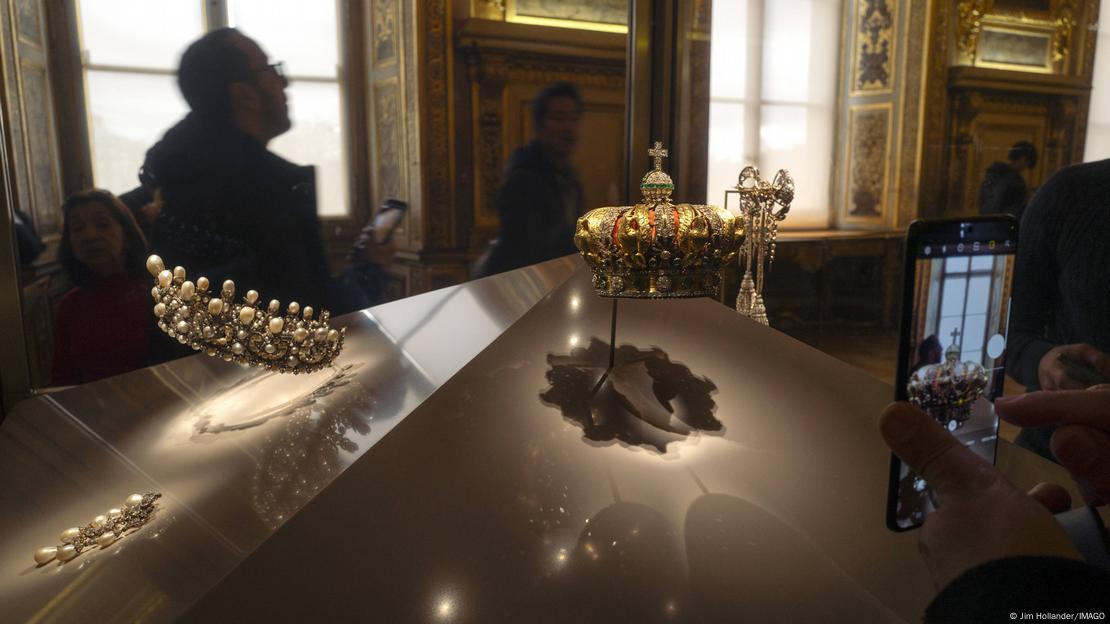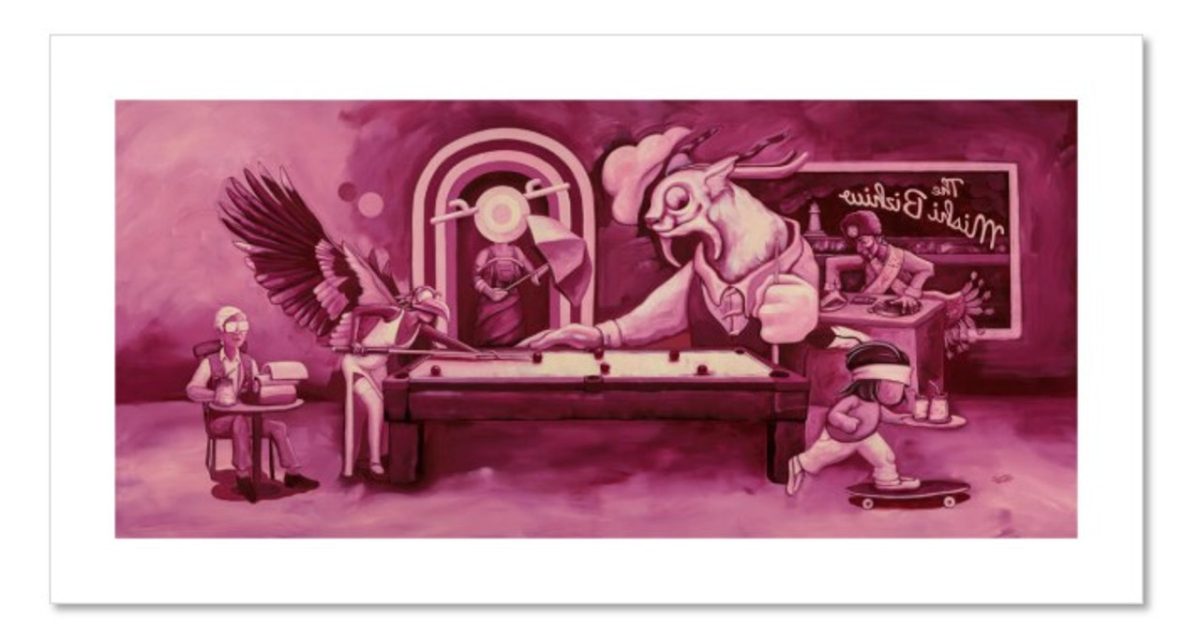On Oct. 19, four men pulled off one of the most audacious crimes in modern history. In a meticulously planned heist inside the Louvre Museum, they stole eight pieces of France’s priceless Crown Jewels collection. The entire operation took less than eight minutes.
Around 9:30 a.m., shortly after the Louvre opened, the four men used a lift to gain access to the museum through a balcony. Dressed as construction workers and armed with power tools, they threatened the security officers before smashing the display cases and absconding with the French Crown Jewels. By the time the museum initiated lockdown procedures, the thieves had already vanished into the streets of Paris on motor scooters.
Among the artifacts stolen were the tiara, necklace and a single earring of Queen Marie-Amélie and Queen Hortense de Beauharnais; the emerald necklace and earrings from the Empress Marie Louise set; and the reliquary brooch, corsage bow brooch and tiara of Empress Eugénie. An additional piece, the crown of Empress Eugénie, was found badly damaged along the suspected escape route. Experts estimate the value of the stolen items to be over $102 million, though their historical importance is beyond measure.
The French Crown Jewels are the most treasured relics of France’s monarchical past, spanning from King Pepin in 752 to the fall of Napoleon III in 1870. They include crowns, diadems and scepters worn by kings and queens throughout centuries of France’s history, representing the grandeur and turmoil of the country’s past. For some, the French Crown Jewels represent oppression and aristocratic excess, while for others they are symbols of France’s artistry and craftsmanship.
Museums offer a uniquely easy target for thieves, as a balance must be found between security and visitors’ ability to view the exhibits. Artifacts displayed for public viewing are far more vulnerable than items locked in a private vault.
While the French government has confidence that the thieves will be caught, it is considered unlikely that the jewels will ever be recovered. Authorities believe that the jewels will be split into pieces and sold off individually. As days pass, the likelihood of recovering the jewels intact decreases.
The Louvre, closed for a few days after the heist, reopened on Oct. 23 with tightened security. However, the incident raises concerns about the security of the museum and the vulnerability of France’s cultural institutions. In the wake of the theft, Louvre Director Laurence des Cars offered her resignation.
The crime also highlights a pattern of burglaries across France. In September alone, thieves stole gold nuggets worth $700,000 from Paris’ Natural History Museum and $11 million in porcelain from a museum in Limoges, France.
Adding to the sense of unease, France is grappling with increased economic and political instability. National debt recently passed the staggering number of $4 trillion, and former Prime Minister François Bayrou was ousted after a mere nine months in office following a vote of no confidence. The government’s turmoil, coupled with the outbreak of museum robberies, leaves many questioning the French government’s ability to safeguard its finances and cultural legacy.
For now, the empty display cases in the Louvre serve as a stark reminder that even the most carefully guarded symbols of France’s heritage can vanish in the blink of an eye.
Editors Notes: Two suspects have since been caught and arrested.









